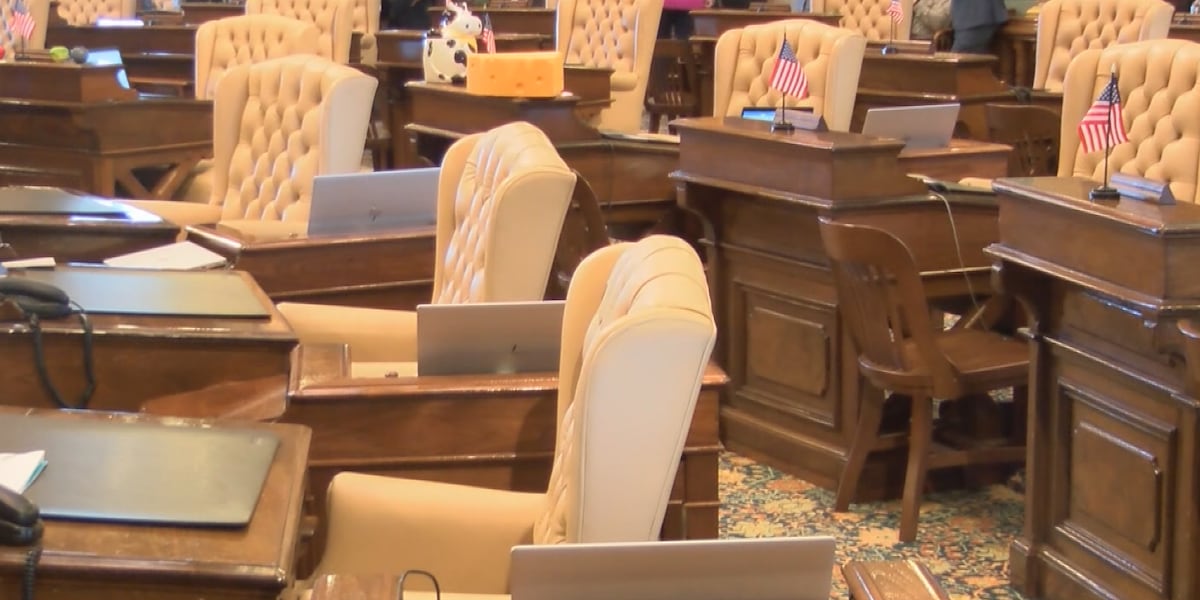
Concerns Rise Among Parents as Schools Near Wildfire Zones Prepare to Reopen
LOS ANGELES (AP)— In the aftermath of the recent Palisades Fire, which ravaged parts of Los Angeles, parents and school officials are facing critical decisions about the safety of returning to classrooms. Kelli Ferrone, a concerned parent, took it upon herself to assess the hygienic conditions of Canyon Charter Elementary School, located less than a mile from the fire zone. Her findings, which she documented via videos, revealed unsettling remnants of ash and soot, raising alarm over the cleanliness and safety of the environment where children are expected to learn.
In the wake of devastating fires and the spread of toxic ash from burned structures and vehicles, Ferrone’s findings underscore broader concerns about the health risks posed to children in areas affected by wildfires. Families are grappling with the implications of hazardous materials, believed to contain a mix of pollutants such as asbestos, lead, and various chemical compounds. Dr. Lisa Patel, an executive director with the Medical Society Consortium on Climate and Health, explains that children are particularly susceptible due to their physiological characteristics, including hand-to-mouth behaviors and rapid growth rates during early years.
Despite efforts by school officials to clean and prepare Canyon Charter for reopening, many parents express skepticism about the measures being implemented. The Los Angeles Unified School District (LAUSD) has announced procedures that include cleaning, inspections of HVAC systems, air quality monitoring, and consultation with an environmental consultant. Nonetheless, some parents argue these steps may not be enough, advocating for temporary relocations of affected schools until conditions improve.
“Given that LAUSD has not encountered a disaster of this magnitude in its history, the urgency for a reassessment of safety protocols is essential,” states Ferrone, whose daughters attend the school. She emphasizes the need for a safe learning environment, particularly for students with pre-existing health issues, such as asthma.
As the district faces pressure regarding environmental safety, it has issued advisories cautioning against drinking water from fountains at some schools, including Canyon Charter, until further notice. Bottled water is currently being provided.
The ramifications of such wildfires extend beyond short-term health risks. Experts warn that residual toxins may linger in the environment for extended periods, posing chronic health threats. The complexity of these environmental hazards is exemplified by the long-term studies needed following significant urban fires, like those seen in California and Maui.
In Pasadena, parents are facing similar dilemmas as schools prepare to resume in-person classes. Emily Stough has taken precautions for her children, urging transparency from the district regarding cleaning efficacy and testing results related to air and ash quality.
Many families are now exploring alternative educational arrangements, including relocation to schools outside affected areas or even considering home schooling. Tanya Reyes, whose children attend a school near a recent burn site, remains wary despite measures put in place by officials. “Instinctively, I feel it’s too soon for my kids to be near those conditions,” she remarked.
The situation raises a poignant issue: while educational continuity is crucial for child development, the potential threats posed by lingering toxic materials complicate the decision-making process for families and school administrators alike. As communities continue to recover from fire-related disasters, the examinations into fire safety protocols and environmental health will be paramount in ensuring the well-being of students.
The Associated Press is committed to comprehensive coverage of environmental issues, supported by contributions from organizations like the Walton Family Foundation. For detailed reporting on climate and environment, visit the AP’s dedicated section.


